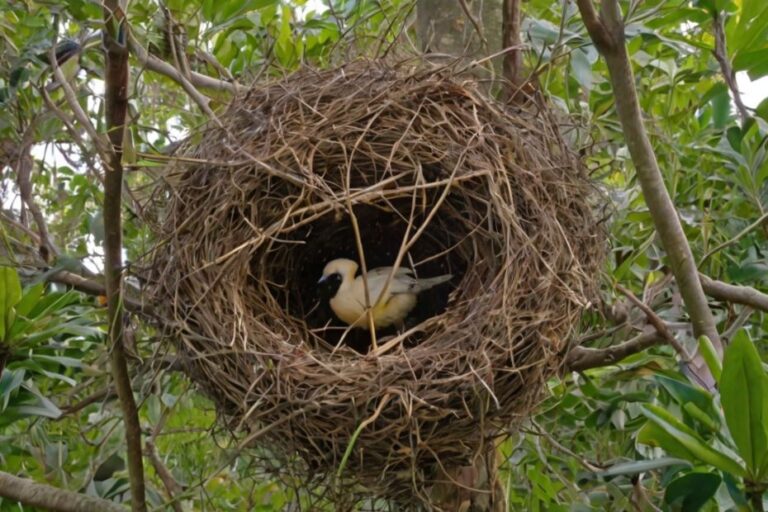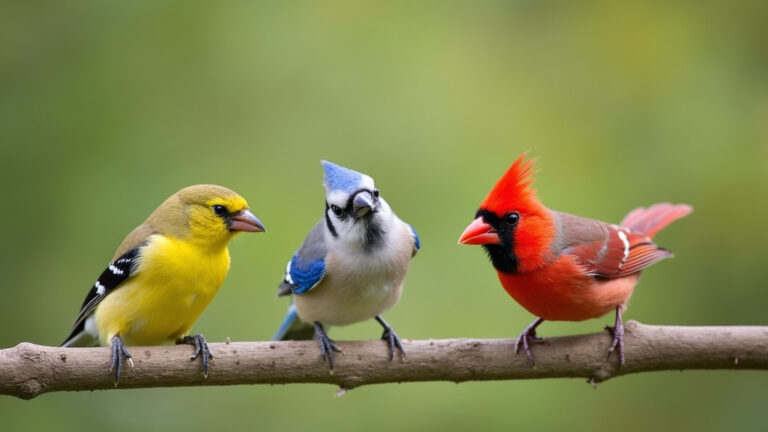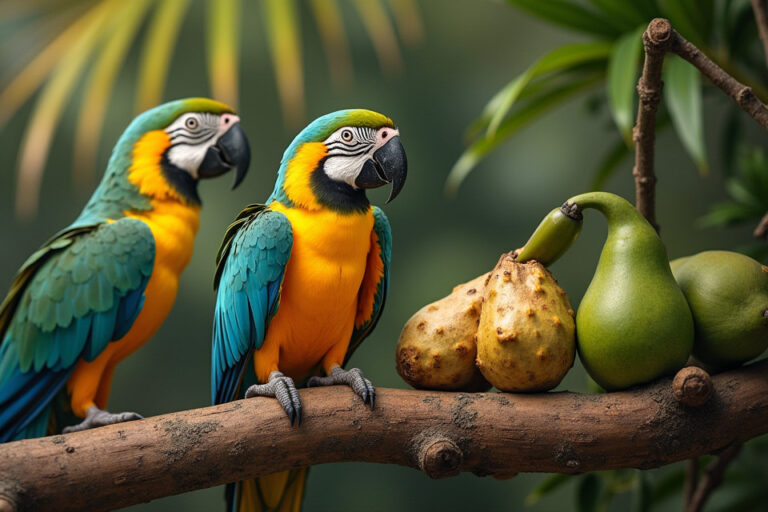Green Parrot Care Guidelines: Step-by-Step
This steps will help you to care your green parrot in home. Go through our step-by-step guide to know how to take care of a green parrot home.
To ensure their health and happiness, it is essential to understand their needs and provide appropriate care. This guide will walk you through the key aspects of green parrot care, from their origins to common health issues.
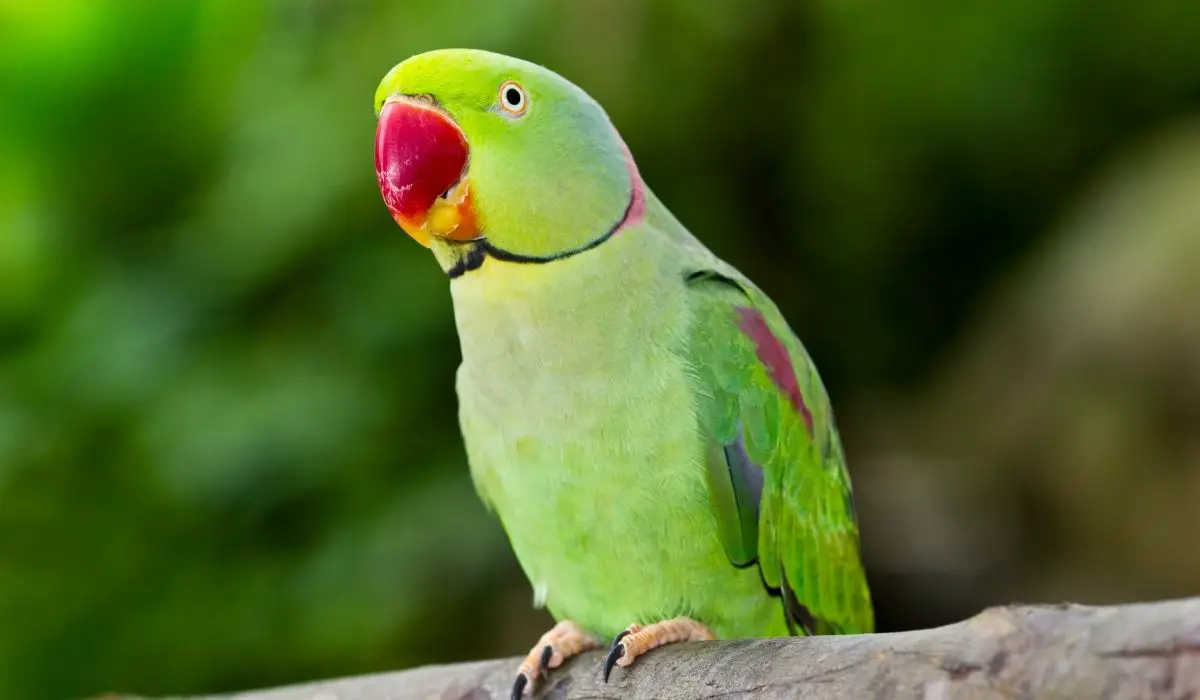
How To Take Care Of A Green Parrot? Step-by-Step Guide
Cage Dimensions and Features
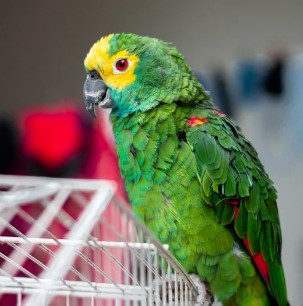
Dimensions: The cage should be at least 3 feet wide, 2 feet deep, and 4 feet high.
Perches: Multiple perches of varying diameters to exercise their feet.
Toys: Provide a variety of toys to keep them mentally stimulated and to prevent boredom
Daily Interaction and Socialization
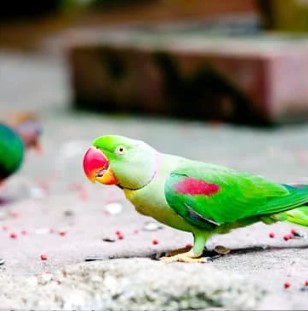
Prevent Loneliness: Reduces the risk of behavioral problems like feather plucking.
Strengthen Bonds: Creates a trusting relationship between you and your parrot.
Stimulate Intelligence: Engages their cognitive abilities through talking and playing.
Cage Maintenance
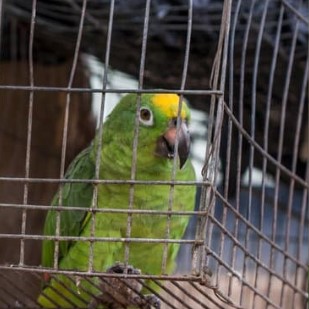
Daily: Remove uneaten food and clean water dishes.
Weekly: Clean perches, toys, and cage bars with bird-safe disinfectant.
Monthly: Deep clean the entire cage and replace any worn-out accessories.
Healthy Environment Tips
Ventilation: Ensure proper air circulation in the room.
Humidity: Maintain a moderate humidity level to mimic their natural habitat.
Lighting: Provide natural light or full-spectrum lighting to support their circadian rhythms.
Nutrition for Green Parrot
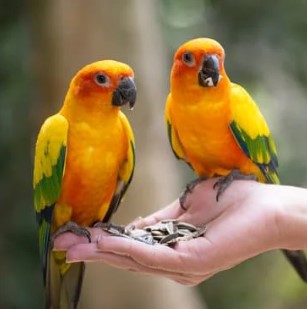
Seeds: A high-quality seed mix specific for parrots.
Fruits and Vegetables: Fresh produce like apples, carrots, and leafy greens.
Pellets: Commercially available pellets that provide essential nutrients.
Fresh Water: Always provide clean, fresh water. Change the water daily to prevent bacterial growth.
Breeding Considerations
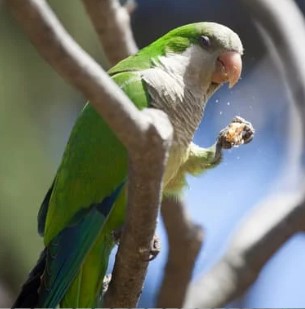
Nesting Materials: Provide materials like shredded paper or coconut fibers.
Spacious Cage: Ensure the breeding cage is larger than the regular cage to accommodate nesting activities.
Common Health Issues
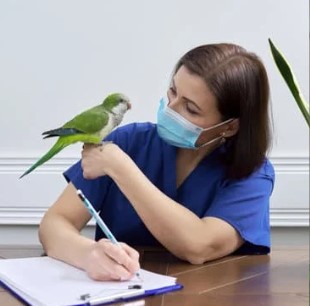
Malnutrition: Ensure a balanced diet to prevent nutritional deficiencies.
Respiratory Infections: Maintain a clean environment to avoid respiratory problems.
Feather Plucking: Often caused by stress or boredom; provide adequate mental stimulation.
Origins and Habitat
Natural Habitat of Green Parrots
Green parrots, or Amazona farinosa, are native to the tropical regions of South and Central America. These birds thrive in a variety of environments, including:
- Forests: Dense rainforests provide ample food and shelter.
- Savannas: Open spaces with scattered trees offer both feeding grounds and nesting sites.
- Mangroves: Coastal mangrove forests are rich in biodiversity, offering abundant food sources.
Native Regions
Green parrots are commonly found in countries such as Brazil, Venezuela, Colombia, and parts of Central America. Their adaptability to different habitats helps them survive in various ecosystems.
Can I Take Care My Green Parrot in Home?
Yes, you can take care of green parrots at home by ensuring they have a spacious cage, a balanced diet consisting of seeds, fruits, vegetables, and pellets, and daily interaction to keep them social and mentally stimulated. Green parrots, also known as Amazona farinosa, are vibrant and intelligent birds that make wonderful pets. Maintain a clean living environment and schedule regular vet for them is needed to monitor their health.
Potential Health Problems
Green parrots can face several health issues, which owners should be vigilant about:
- Malnutrition: A poor diet can lead to deficiencies. Ensure a balanced diet with seeds, fruits, vegetables, and pellets.
- Respiratory Infections: Dust, mold, and poor ventilation can cause respiratory issues. Keep their environment clean and well-ventilated.
- Feather Plucking: Often a sign of stress, boredom, or underlying health problems. Provide mental stimulation and regular interaction.
- Psittacosis: A bacterial infection that can be serious. Watch for symptoms like lethargy, breathing difficulties, and discharge from the eyes or nose.
- Beak and Feather Disease: A viral disease affecting feathers and beaks. Regularly inspect your parrot for any abnormal feather loss or beak deformities.
Regular Check-Ups
Routine veterinary visits are crucial for maintaining your green parrot’s health:
- Annual Exams: Schedule at least one vet visit per year to monitor overall health and catch potential issues early.
- Behavioral Observations: Report any changes in behavior, eating habits, or physical appearance to your vet.
- Nutritional Advice: Get guidance on providing a balanced diet tailored to your parrot’s specific needs.
- Preventative Care: Discuss vaccinations, parasite control, and other preventative measures to protect your parrot’s health.
- Emergency Care: Know the signs of common emergencies, such as labored breathing or severe lethargy, and have an avian vet’s contact information readily available.
FAQs Related to How To Take Care Of A Green Parrot?
How to take care of a baby green parrot?
Keep it warm, hand-feed with specialized formula, maintain cleanliness, and ensure proper socialization.
How to take care of a green parrot?
Provide a spacious cage, balanced diet, daily interaction, regular cage cleaning, and routine vet check-ups.
Green parrot care is easy?
It requires dedication and knowledge but can be manageable with proper care and attention.
Amazon green parrot care is different from normal parrot?
Amazon green parrot care is similar to other parrots but may need more social interaction and mental stimulation.
Conclusion
Caring for a green parrot requires dedication and knowledge. By understanding their origins, providing a spacious and clean living environment, ensuring daily interaction, and offering a balanced diet, you can ensure your green parrot thrives in your care.
Regular health check-ups will help prevent common health issues and keep your feathered friend happy and healthy.
Read More:



